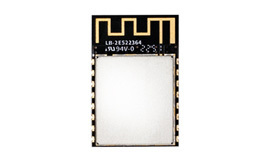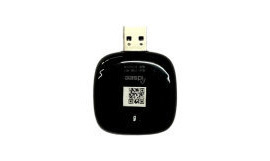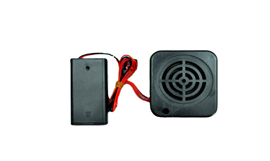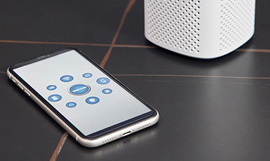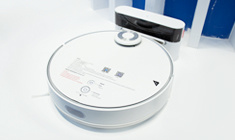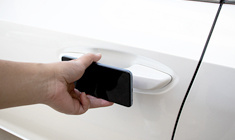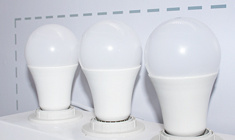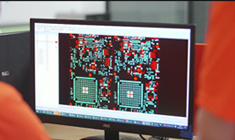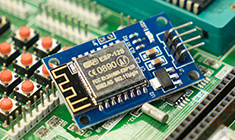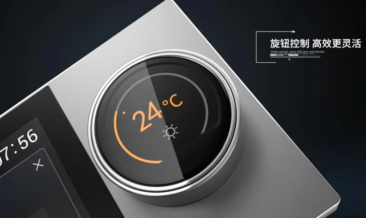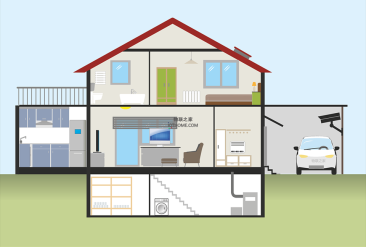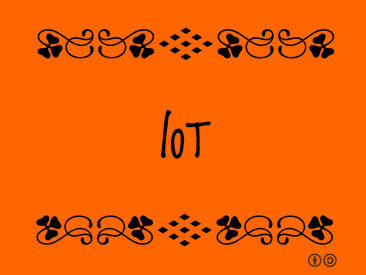
6 reasons why consumers buy Internet of Things devices
Release Time:
2021-02-08
The Internet of Things is a platform technology, not a destination. So when considering what the Internet of Things can do, start with what you can build on top of it.What can apps, services or products that enable the Internet of Things do for the end consumer? I have lived in a connected hom
The Internet of Things is a platform technology, not a destination. So when considering what the Internet of Things can do, start with what you can build on top of it.
What can apps, services or products that enable the Internet of Things do for the end consumer? I have lived in a connected home for many years and have spoken extensively with other users of smart home technology to understand what the Internet of Things can achieve and why consumers are looking for such products. I'll show you some of the things I've learned here, and in a future story, I'll show you why businesses are looking for connected products.
So, let's start by talking about family.
Consumers tend to buy connected products and services for their families for the following reasons:
1. Security: People want to know what's going on in their homes while they're gone. People also want to track the location of family members and make sure they are safe. From security cameras and visual doorbells to sensors, these products can alert homeowners if their safe has been opened or if their child has opened the liquor cabinet. I put security first because it is by far the area where consumers spend the most money, which is why almost every smart home user has some type of camera or security system. Not only will people buy internet-connected devices that they think will improve security, but they will also pay a subscription fee to add features to the underlying product.
2. Energy efficiency: Products like easy-to-operate thermostats, or those that turn off the HVAC from your phone when you're not home, make a lot of sense in these types of products. Buying networked LED lights or switches is often linked to energy efficiency, partly because LED bulbs use less energy than the incandescent bulbs they are replacing, but also because being able to turn off lights when they are not needed is good for the environment. For some of those who buy these gadgets, there's also a reliable return on investment. Yes, a smart thermostat costing over $1,000 can be expensive, but you can save money by replacing a stupid thermostat with one that will save you a lot of money over the summer.
3. Convenience: Convenience should come first, as it is a characteristic of each of these categories. You wouldn't install a smart thermostat if it wasn't more convenient than the one you already have; If a video doorbell doesn't allow you to sit on your couch and have a conversation with a delivery person, you probably won't buy it. Voice-controlled devices also fit into the convenience category, and new smart speakers also let you set the time, turn lights on and off, and change the room temperature by voice. Domestic robots do want to be in this category, but for the most part, I think they're more likely to be in the novelty category.
4. Novelty: Robots, color-changing light bulbs, connected egg trays, and so many other products fall into this category that I rarely find myself surprised by people's supposedly novel ideas, such as Tommy Hilfiger's Bluetood-enabled pair of jeans. Unfortunately, the Internet connectivity of jeans doesn't do much more than give you "points" every time you wear them. While some people buy them just out of curiosity, this is not a selling point for most people, and in general, when selling novelty products, it makes the most sense to keep the price as close to the original "dumb" item as possible.
5. Expertise: Today, the best place to look for equipment that enhances expertise is definitely in the kitchen. Connected ovens, connected scales and even pans are trying to make it easier for novices to cook like professionals. Other areas we see are wearables that can help you track your running state or your tennis swing. Personally, I think we'll see more products with expertise in gardens in the next few years as sensors are integrated with irrigation systems, allowing users to easily take photos of plants and identify them using an app, which will then be fed into the device and indicate watering times. Personally, I'd like to see more people spend money here, sometimes to improve their skills in a particular hobby, sometimes as a gift to others.
6. Keep loved ones close at all times: This last one may seem like a stretch, but it's important because when a device gets into this element, it becomes more than just a tool, instead, consumers see it as a way to stay connected to their most important people. Pet cameras and toys are a booming area here, as are cameras and even visual doorbells. When I travel, every day I can watch my family go out through the video doorbell, and sometimes my daughter will wave to me through the video doorbell. Similarly, when our family travels, we will set up a camera so that we can see the fish swimming in the tank, which will make our daughter happy because she can see that her fish is still alive and well taken care of. Baby monitors also fall into this category. Parents buy them for safety reasons, but in many cases, they just like to see their children on the baby monitor, and the ability to preserve cute moments makes the product more attractive.
So whether you're making or selling connected devices, focus on the needs it will meet, not the connectivity. Because of their high prices and the challenges associated with making these products work together, you have to understand what consumers really want.
Reprinted from Home of Things

Guangdong Joinet IOT Technology Co.,Ltd
Manufacturing Base:
Joinet Technology Park,No. 168 Tanlong North Road,Tanzhou Town,Zhongshan City,Guangdong Province,China
Pre Sales Hotline:19966308713 13823973022
Switchboard:0760-8663 0003 (transferred) 523
Pre Sales Email:sw@znaiot.com


Contact Us:
Looking forward to your call anytime



